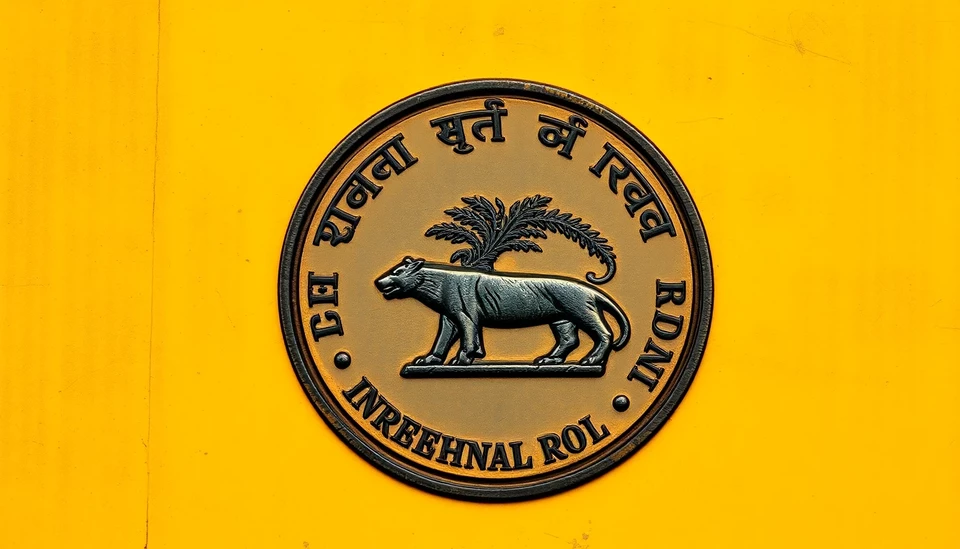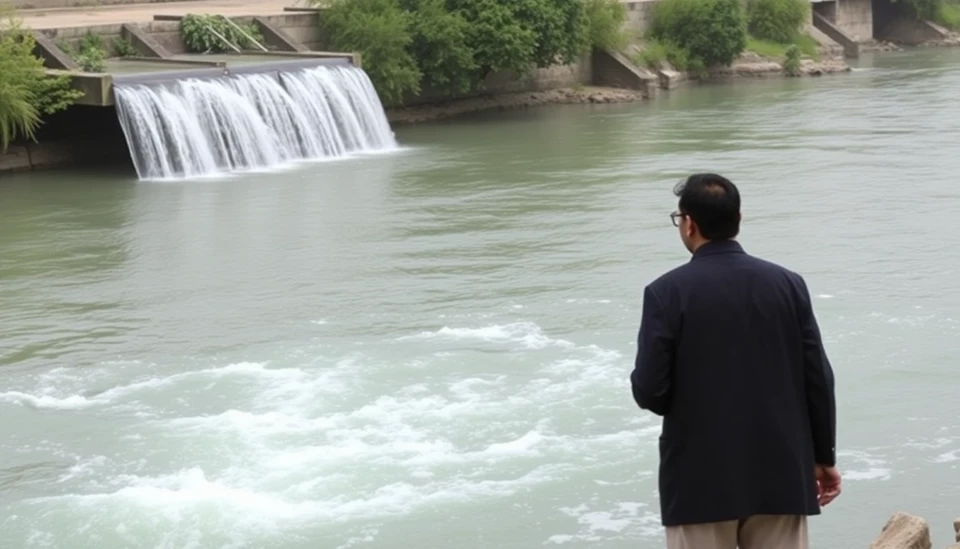
In the wake of a significant cash crunch affecting its economy, the Reserve Bank of India (RBI) is actively contemplating measures to enhance liquidity in the financial system. This decision comes amid growing concerns over the sustained decline in currency circulation, which is putting pressure on various sectors that rely heavily on cash transactions.
The persistent shortage of cash has been reported across several regions, with anecdotal evidence suggesting that businesses and consumers alike are feeling the pinch. Smaller enterprises, in particular, are struggling as customers are often unable to make purchases due to limited cash availability. With many segments of the Indian economy still operating predominantly on cash, this situation has sparked alarms among policymakers.
RBI's potential response involves the introduction of additional liquidity infusions to ensure that cash levels meet the burgeoning demand. The central bank has a history of stepping in during times of financial stress, and analysts are closely watching how it plans to address the current challenges. Early reports indicate that the RBI might consider measures such as reducing cash reserve ratios for banks or initiating more reverse repo operations to increase cash flow.
This liquidity crisis is not happening in isolation. It is occurring against a backdrop of rising inflation and global economic uncertainties, which have further complicated the situation. As prices continue to surge, disposable incomes are under pressure, pushing households to limit their spending. Consequently, this diminishes cash turnover and exacerbates the liquidity issue.
The impact of this cash crunch extends beyond individual consumers; the overall economic growth trajectory of India could be at risk. Experts warn that if left unaddressed, this liquidity challenge could undermine business operations and hamper investment intentions, ultimately stalling economic recovery efforts post-pandemic.
In response to these unfolding events, the RBI is also engaging with various stakeholders, including banks and financial institutions, to devise strategies that can offer immediate relief. This collaborative approach aims to tackle the liquidity issues comprehensively while also maintaining financial stability in an increasingly volatile environment.
As the situation evolves, it remains to be seen how effective the RBI's measures will be in alleviating the cash crunch and reinvigorating economic activity. The coming weeks will be critical as the central bank considers its options and responds to the urgent need for increased liquidity in the Indian economy.
In summary, as the Reserve Bank of India weighs its options to inject additional liquidity into the economy, it finds itself at a crossroads between managing short-term cash supply issues and fostering long-term economic stability. The spotlight is now on the central bank as it navigates these turbulent waters in an effort to ensure the resilience of India's financial landscape.
#India #RBI #LiquidityCrisis #EconomicPolicy #CashCrunch #Finance #Banking #EconomicGrowth
Author: Rachel Greene




